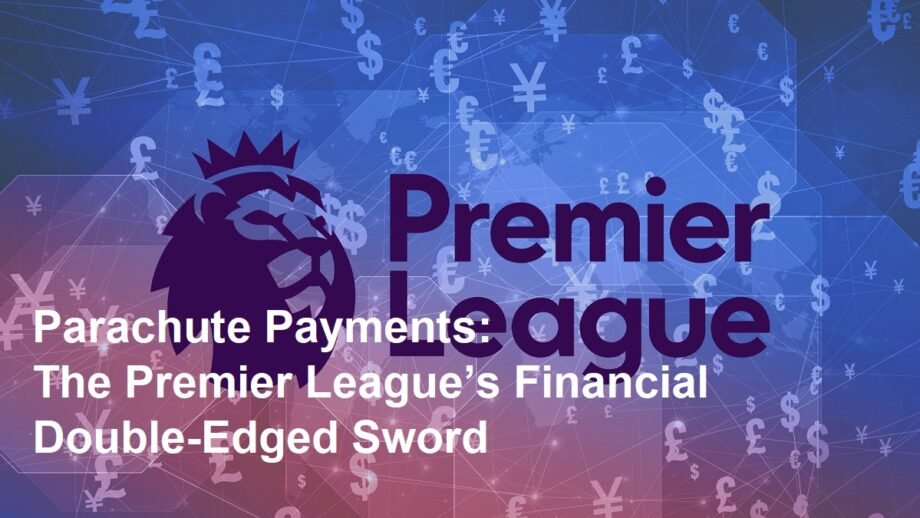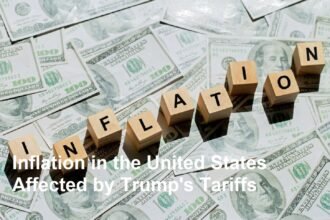Introduction
Parachute payments—financial cushions provided to clubs relegated from the Premier League (PL)—are designed to ease the shock of lost broadcast revenue. Yet these £44–68 million packages often distort competition, creating what critics call a “financial doping” system. As Championship clubs face existential crises, understanding this mechanism reveals why it’s both a lifeline and a threat to English football’s ecosystem.
How Parachute Payments Work: The Premier League’s Safety Net
Governed by Premier League Rule V.7, payments follow a sliding scale:
- Year 1: 55% of equal share revenue (£44m in 2023/24)
- Year 2: 45% (£36m)
- Year 3: 20% (£16m)
Total: ~£96m over three seasons.
Purpose: Mitigate revenue drops after relegation. PL broadcast deals dwarf EFL’s—£100m+ vs. £8m/year. Without parachutes, clubs face insolvency (e.g., Derby County, 2021).
The Dual Edges: Survival Tool or Competitive Weapon?
Edge 1: The Lifeline (Intended Benefit)
- Prevents Bankruptcy: Covers fixed costs (player wages, stadium debts).
- Promotes Competitive Balance: Allows clubs like *Burnley (2023/24)* to retain core squads for promotion pushes.
- Reduces Fire Sales: Avoids forced player liquidation at bargain prices.
Edge 2: The Distortion (Unintended Consequences)
| Issue | Impact | Example |
| Wage Inflation | Relegated clubs spend 107% of revenue on wages vs. EFL avg. 70% | Stoke City paid £50m wages in Championship (2019) |
| Competitive Imbalance | Parachute clubs outspend rivals 3:1 on transfers | Norwich spent £54m post-2020 relegation vs. Luton’s £4m |
| “Yo-Yo Club” Advantage | 70% of promoted teams (2010–2023) were recent PL sides with parachute funds | Fulham, West Brom, Bournemouth |
The Championship’s Survival Crisis: Collateral Damage
Non-parachute EFL clubs face unsustainable pressure:
- Revenue Gap: Top Championship sides earn £25m annually vs. parachute recipients’ £44m+
- FFP Loopholes: Parachute money isn’t fully counted toward Profitability & Sustainability Rules (PSR), enabling inflated spending.
- Distorted Promotions: 85% of play-off winners (2015–2023) had parachute advantages.
Result: 21 EFL clubs entered administration since 2010.
Reform Proposals: Balancing Rescue & Fair Play
The EFL’s 2023 demand for a “75-25” redistribution split highlights growing tensions. Solutions in debate:
1. Abolition with Compensation
- Replace parachutes with larger solidarity payments (£88m/year to EFL).
- Risk: Relegated clubs collapse under debt (e.g., Sheffield Wednesday).
2. Capped & Reduced Payments
- Reduce Year 1 payments to 40%, eliminate Year 3.
- PL Counterargument: Weakens global appeal if relegated clubs become uncompetitive.
3. Stricter Spending Controls
- Align PSR calculations for parachute/non-parachute clubs.
- Progress: 2024 talks propose squad cost limits (70% of revenue).
Case Study: Sunderland vs. Norwich City
- Norwich (Parachute Recipient):
- Received £42m post-2022 relegation.
- Returned to PL in 2024 after one season.
- Sunderland (No Parachutes):
- Relegated in 2017 with £110m wage bill.
- Entered League One after fire sales; took 4 years to rebuild.
Conclusion
Parachute payments epitomize football’s financial paradox: they rescue clubs from freefall while deepening inequality. As the Premier League negotiates its next EFL funding deal (due 2025), reforms must address the Championship’s “survival of the richest” reality. For relegated clubs, these payments offer oxygen—but for England’s football pyramid, they risk becoming a slow-acting poison.









